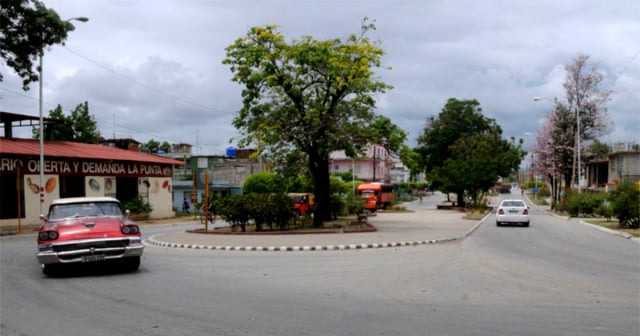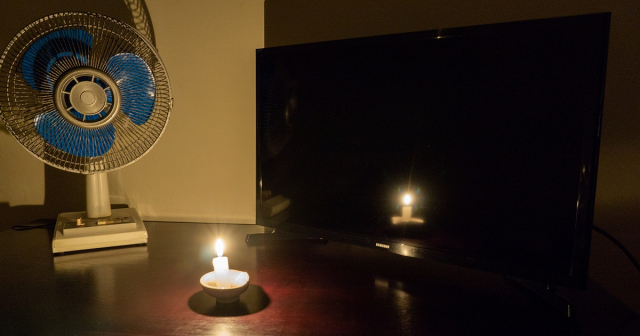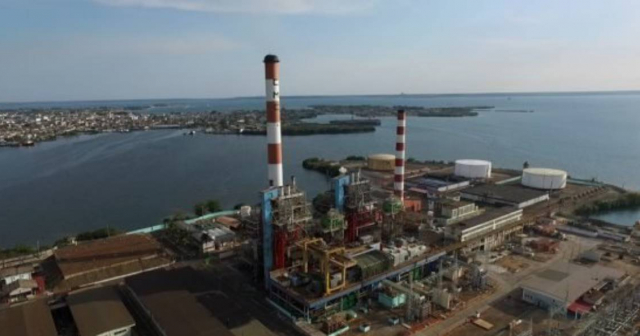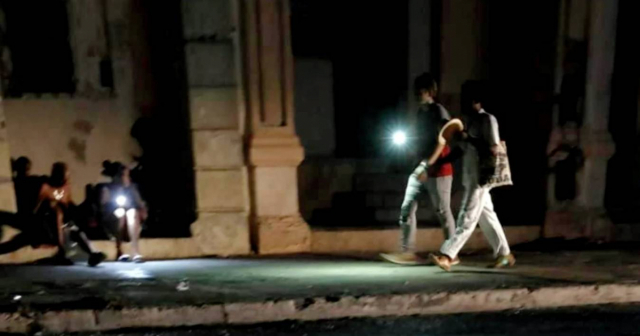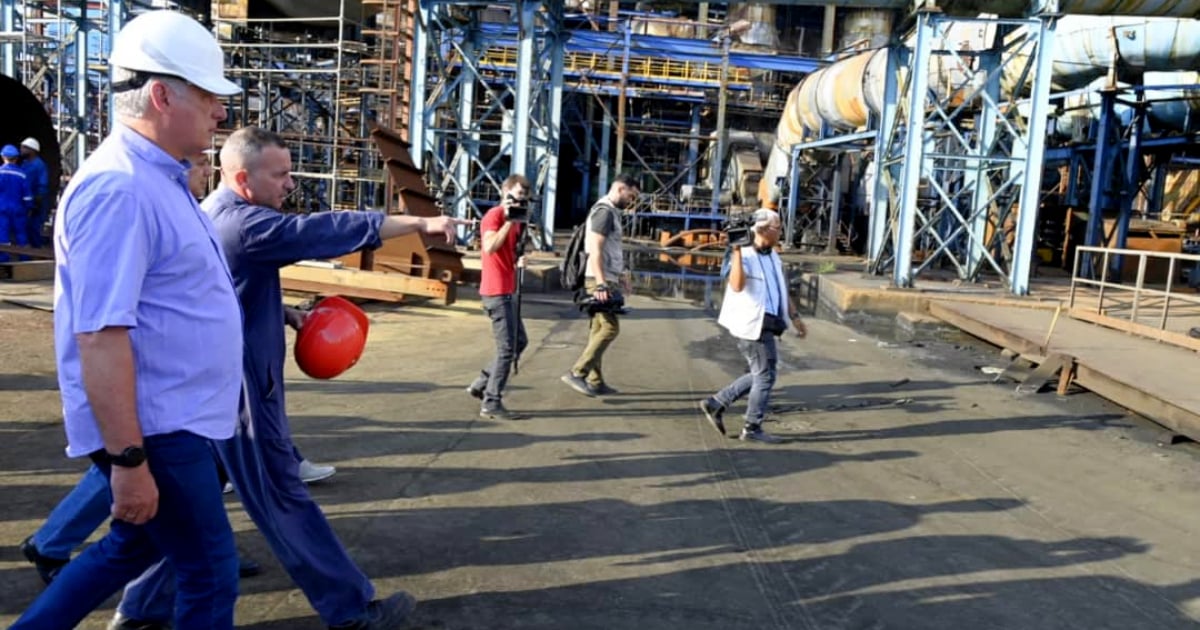
The Cuban electricity system (SEN) continues to be collapsed, and the Electric Union of Cuba (UNE) announced that this Saturday, blackouts will peak at 620 MW, a slight improvement compared to the disruptions exceeding 1,100 MW that have been reported for several days.
The service outage, which occurred simultaneously in seven thermoelectric units due to "breakdowns," caused a renewed tightening of control over the country's electricity supply, reflected in frequent and prolonged blackouts throughout the Island, including the capital, where disruptions usually occur less frequently.
The deficit has led provincial electric companies to inform their customers of the need to abandon the "rotational" blackout schedules, leaving all circuits dark at the same time in provinces like Matanzas and Pinar del Río.
For this Saturday, "a capacity of 2,600 MW is estimated for peak hours and a maximum demand of 3,150 MW, resulting in a deficit of 550 MW, so if the expected conditions persist, a shortfall of 620 MW is forecast for this time."
According to the information note published on social media by the state company led by Alfredo López Valdés, "yesterday the service was affected due to capacity deficit for 24 hours," a situation that has been occurring frequently throughout the summer.
The day before, “the highest impact during the day was 1,160 MW at 8:20 PM, coinciding with peak hours,” indicated the UNE. Of the seven faulty units reported days ago, three have been re-synchronized to the SEN this Saturday.
Units 5 of the Máximo Gómez CTE (Mariel), unit 1 of the Ernesto Guevara CTE (Santa Cruz), unit 5 of the Antonio Maceo CTE (Rente), and unit 2 of the Lidio Ramón Pérez CTE (Felton) remain out of service. The UNE anticipates that the latter will be operational by peak hours this Saturday, but did not specify when it would be synchronized with the SEN.
The ruler Miguel Díaz-Canel, his ministers, leaders, and the Cuban Electric Union (UNE) promised that blackouts would decrease in the summer thanks to the repair and maintenance work on Cuba's thermoelectric plants carried out in the months leading up to the summer season.
The strategy of maintaining and fine-tuning the thermoelectric plants to reduce power outages during the hottest months and school vacation has not proven to be effective, causing a daily avalanche of comments on social media from the UNE.
After making several optimistic statements predicting a stable summer in electricity generation, the Cuban leader has disappeared and has not been seen "leading" or controlling the effectiveness of his strategy.
At the end of May, the Cuban state media were repeating on their front pages the visit of the ruler Miguel Díaz-Canel to the Ernesto Guevara thermoelectric plant in Santa Cruz del Norte.
They were doing it with the usual follow-up they provide to the itineraries of the leader and other Cuban officials, but they also ensured that the ruler was fulfilling something he had stated in his YouTube program Desde la Presidencia, about how "all efforts were being dedicated to seeking stability in the National Electroenergetic System."
The Cuba Presidency website showed the leader inspecting the execution of maintenance actions in Santa Cruz del Norte, indicating that "due to the priority of recovering generation capacity, the president begins the visit to the Mayabeque municipality at the thermal power plant, which is currently undergoing maintenance on two of its three units."
"We are going to have prolonged maintenance until the month of June to minimize the inconvenience of power outages in the summer, especially in the months of July and August," promised Díaz-Canel in his program.
However, he hinted that it was impossible to offer "guarantees that the summer months will pass without disruptions in the electric service."
"In July and August, all stations will be working, unless they go out due to a malfunction," clarified the leader designated by General Raúl Castro, insisting that "under the current conditions, it is very difficult [to promise] zero blackouts."
"There may be a blackout at a certain time, and we are going to work to ensure that they are not prolonged, that they are not of long duration," added the also First Secretary of the Communist Party of Cuba.
Three months after his string of promises, the Cuban ruler has not set foot in a thermoelectric plant again, has seen the SEN collapse even further, but was in Olympic mode throughout July and is now walking around with his arm in a sling due to severe shoulder pain.
But his conscience remains unaffected, and the leader of the so-called "continuity" continues to bet on "creative resistance" and the heroism of the people to overcome the current energy crisis.
What do you think?
COMMENTFiled under:

